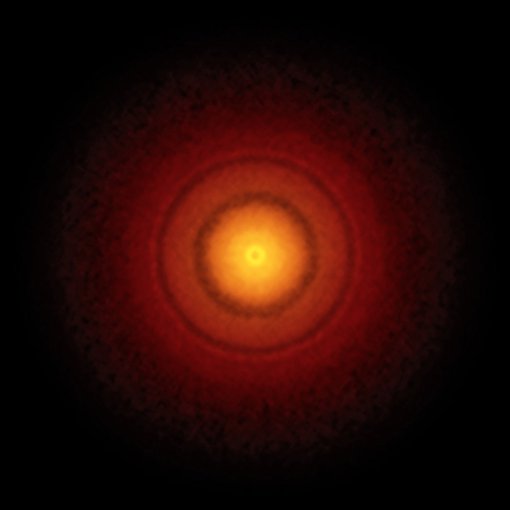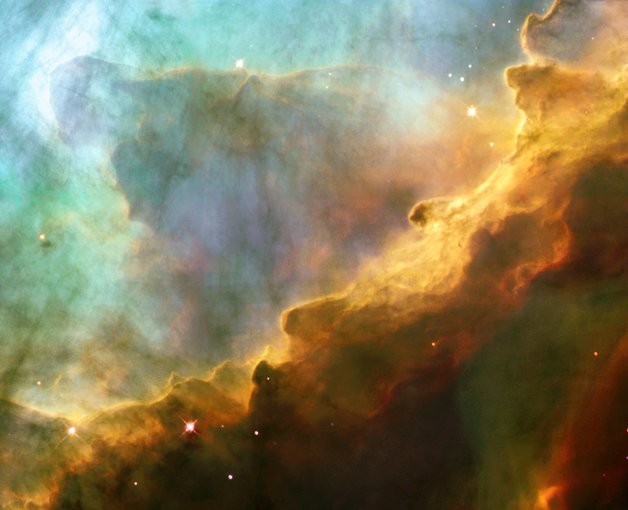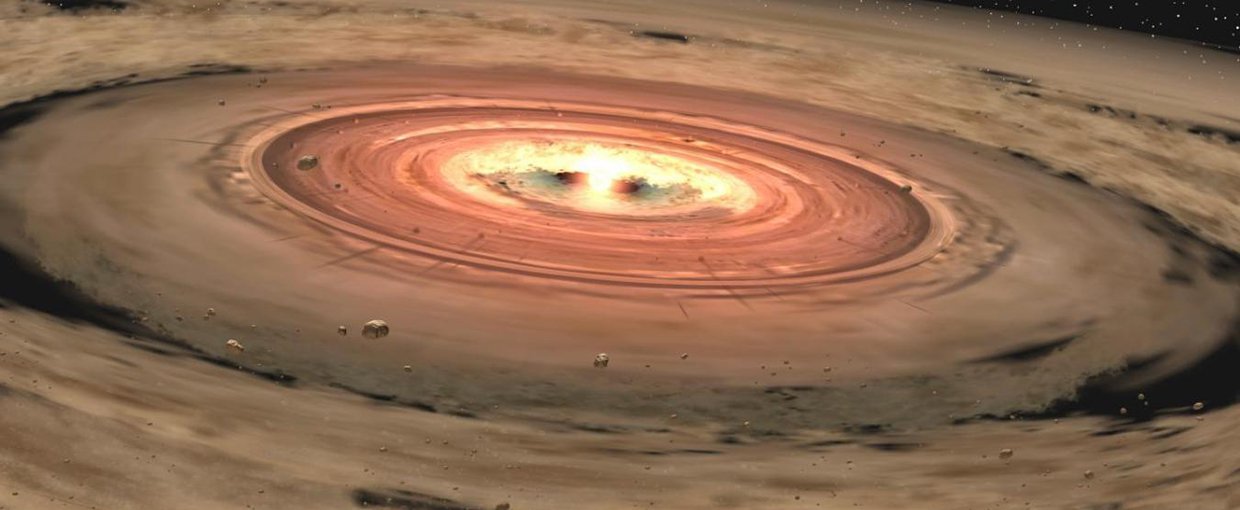Written byMarc Kaufman

Before the discovery of exoplanets around distant stars, the Solar System was our only model for what a planetary system could look like. Missions like Hubble and Kepler have allowed for the discovery of thousands of distant planets, and we now know that many stellar systems differ from our own. For astrobiologists, this has raised questions about how our own system formed, how the planets ended up in their current orbits, and what events led to our system being habitable for life.

This picture of the nearby young star TW Hydrae reveals the classic rings and gaps that signify planets are in formation in this system.Image credit: S. Andrews (Harvard-Smithsonian CfA); B. Saxton (NRAO/AUI/NSF); ALMA (ESO/NAOJ/NRAO).
To better understand what the early Solar System was like, and the conditions that led to the formation of Earth as a habitable planet, astrobiologists have studied meteorites. These primitive pieces of material originated in the early Solar System and contain clues about the conditions that were present billions of years ago.
In studying meteorites, scientists have looked at isotopes of elements contained inside them. Different elements behave differently at varying temperatures. Some are stable when heated, others vaporize. Because conditions are thought to have been hot in the early solar nebula, early meteorite studies focused on the most stable elements.
Recently however, researchers (including NASA-supported scientists) have pioneered ways to study more volatile elements, providing finer details about the early solar system and the conditions that led to the formation of a habitable Earth.

The Omega Nebula, a star and solar system nursery, is some 5,500 light-years away. The lumpy features in the dense cold gas and dust are illuminated by stars off the upper left of the image and may themselves represent sites of future star formation. Colors in the fog of surrounding hotter material indicate the nebula’s chemical make up. The predominately green glow corresponds to abundant hydrogen, with trace sulfur and oxygen atoms contributing red and blue hues. The picture spans about 3 light-years.Image credit: ESA, NASA and J. Hester (Arizona State University).
The paper, “Meteorites have inherited nucleosynthetic anomalies of potassium-40 produced in supernovae,” was published in the journal Science.
Click here to read more from Many Worlds about findings from Webb’s early science release program.
The Many Worlds Blog chronicles the search for evidence of life beyond Earth written by author/journalist Marc Kaufman. The “Many Worlds” column is supported by the Lunar Planetary Institute/USRA and informed by NASA’s NExSS initiative, a research coordination network supported by the NASA Astrobiology Program. Any opinions expressed are the author’s alone.
